Home>Gardening & Outdoor>Landscaping Ideas>How Long Does Burnt Grass Take To Grow Back
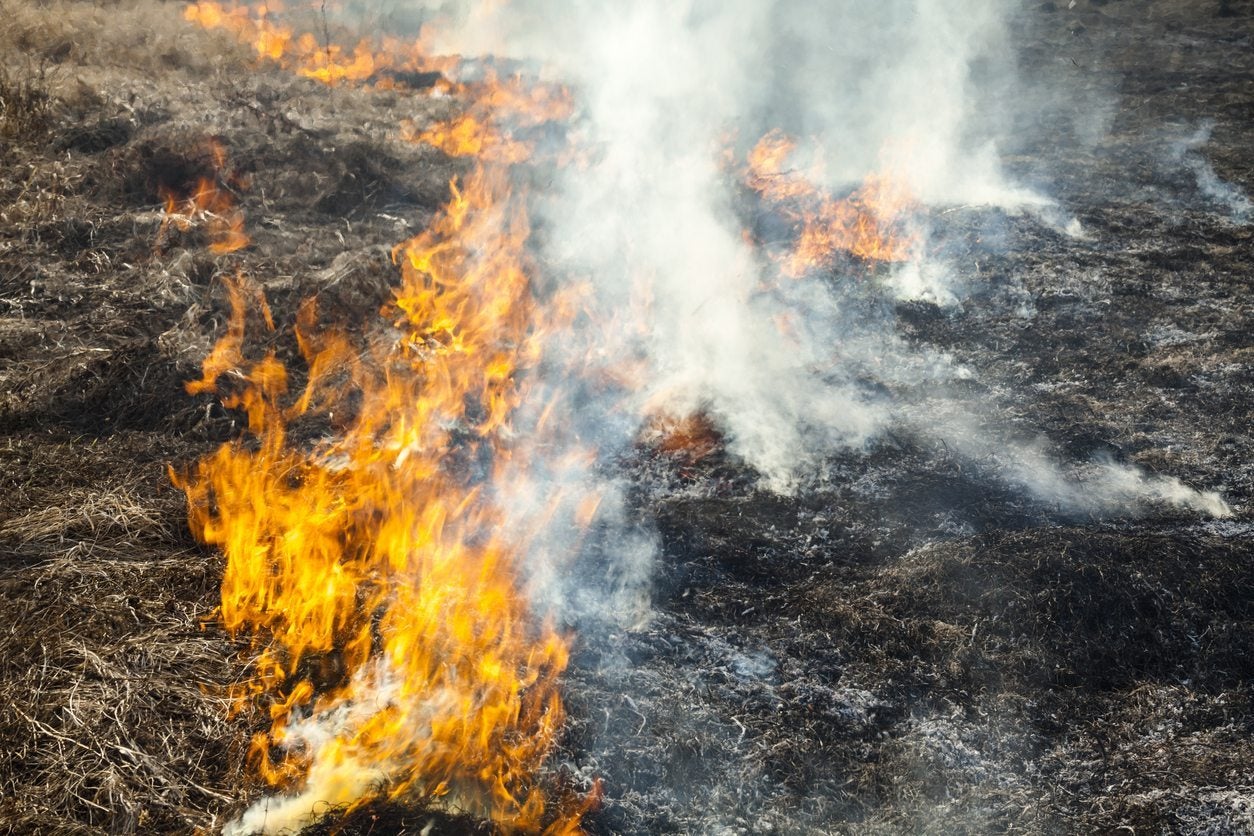

Landscaping Ideas
How Long Does Burnt Grass Take To Grow Back
Modified: March 28, 2024
Discover effective landscaping ideas to help burnt grass grow back quickly. Learn how long it takes and get expert tips for a lush, green lawn.
(Many of the links in this article redirect to a specific reviewed product. Your purchase of these products through affiliate links helps to generate commission for Storables.com, at no extra cost. Learn more)
Factors Affecting Grass Recovery After Burning
The recovery of burnt grass is influenced by various factors that play a crucial role in determining the regrowth and overall health of the lawn. Understanding these factors is essential for implementing effective strategies to facilitate the recovery process.
-
Severity of the Burn
- The extent of the burn significantly impacts the recovery time of the grass. Superficial burns may result in quicker regrowth, while severe burns that damage the root system can lead to a longer recovery period.
-
Grass Species
- Different grass species exhibit varying levels of resilience to fire damage. For instance, warm-season grasses such as Bermuda grass and Zoysia grass tend to recover more rapidly compared to cool-season grasses like Kentucky bluegrass and fescue.
-
Soil Conditions
- The quality and composition of the soil play a pivotal role in grass recovery. Well-draining soil with adequate nutrients and organic matter can promote faster regrowth, whereas compacted or nutrient-deficient soil may hinder the recovery process.
-
Weather Conditions
- Weather patterns following the fire incident can impact grass recovery. Adequate rainfall and moderate temperatures create favorable conditions for regrowth, while prolonged drought or extreme heat can impede the recovery of burnt grass.
-
Post-Burning Care
- The care and maintenance practices implemented after the grass is burnt can significantly influence its recovery. Proper watering, fertilization, and aeration can expedite the regrowth process, while neglecting post-burning care may prolong the recovery period.
-
Presence of Weeds
- The invasion of weeds in the burnt area can compete with the regenerating grass for essential resources, potentially slowing down the recovery process. Effective weed control measures are crucial for facilitating grass regrowth.
Understanding these factors is essential for devising a comprehensive strategy to promote the recovery of burnt grass. By considering the severity of the burn, the specific grass species, soil conditions, weather patterns, post-burning care, and weed management, homeowners and landscapers can effectively support the regrowth of the grass and restore the lush green beauty of the lawn.
Key Takeaways:
- Factors like severity of burn, grass species, soil quality, weather, post-burning care, and weed control affect how quickly burnt grass grows back. Understanding these factors helps in promoting grass recovery.
- Techniques like reseeding, watering, fertilization, aeration, weed control, soil testing, and erosion protection can promote the regrowth of burnt grass. Implementing these techniques supports the restoration of a lush and vibrant lawn.
Techniques for Promoting Grass Regrowth After Burning
After a fire incident, implementing effective techniques to promote grass regrowth is crucial for restoring the beauty and health of the lawn. Here are several proven strategies to facilitate the recovery of burnt grass:
1. Reseeding or Resodding
Reestablishing the grass through reseeding or resodding is a fundamental step in promoting regrowth. For severely burnt areas where the grass is unlikely to recover naturally, reseeding with suitable grass species or laying new sod can expedite the restoration process.
2. Adequate Watering
Proper watering is essential for supporting grass regrowth. After a fire, the burnt soil may struggle to retain moisture, making consistent and adequate watering crucial. However, it's important to avoid overwatering, as this can lead to waterlogging and hinder the recovery process.
3. Fertilization
Applying a balanced fertilizer specifically formulated for post-fire recovery can provide the essential nutrients needed for grass regrowth. The fertilizer should contain a blend of nitrogen, phosphorus, and potassium to support root development and overall plant health.
Read more: How Long Does It Take For Grass To Grow
4. Aeration
Aerating the burnt soil helps improve its structure, allowing better air and water penetration. This promotes root growth and enhances the soil's ability to support the regrowth of the grass.
5. Weed Control
Implementing effective weed control measures is crucial for preventing weed competition that can hinder grass regrowth. Targeted weed removal and the application of pre-emergent herbicides can help create a favorable environment for the recovering grass.
6. Soil Testing and Amendment
Conducting a soil test to assess its nutrient levels and pH can guide the application of suitable soil amendments. Adding organic matter, such as compost or well-decomposed manure, can improve soil fertility and structure, creating an optimal environment for grass regrowth.
7. Protection from Erosion
Implementing erosion control measures, such as installing erosion control blankets or mulching, helps protect the burnt area from soil erosion. This safeguarding is crucial for maintaining the integrity of the soil and supporting the regrowth of the grass.
By employing these techniques, homeowners and landscapers can effectively promote the regrowth of burnt grass, facilitating the restoration of a lush and vibrant lawn. Each strategy plays a vital role in creating a conducive environment for the recovery of the grass, ultimately contributing to the successful rejuvenation of the landscape.
Read more: How Long Does It Take Seeded Grass To Grow
Timeline for Burnt Grass to Grow Back
The timeline for burnt grass to grow back is influenced by various factors, including the severity of the burn, grass species, soil conditions, weather patterns, and post-burning care. Understanding the general timeline for grass regrowth after a fire incident can provide homeowners and landscapers with realistic expectations and guide them in implementing appropriate measures to support the recovery process.
In the initial days following the fire, the burnt grass may appear lifeless and barren, with the extent of the damage becoming apparent. During this phase, the grass may seem beyond recovery, especially in areas where the burn was severe and widespread. However, nature's resilience often surprises, and the regenerative capacity of grass can manifest within a relatively short period.
Within the first two to three weeks, signs of regrowth may become noticeable, particularly in areas where the burn was less severe. New shoots and sprouts may emerge from the surviving grass crowns, signaling the beginning of the recovery process. This initial growth phase is a promising indication that the grass is responding to favorable conditions and beginning its journey towards rejuvenation.
As the recovery progresses into the second and third month, the regenerating grass typically undergoes significant development. New shoots become more robust, and the coverage of greenery gradually expands across the burnt area. This phase marks a critical period for providing the necessary care and support to ensure the continued progress of the regrowth.
By the fourth to sixth month, substantial improvements in the overall appearance of the burnt grass can be observed. The regenerating grass becomes denser, and the coverage of green foliage becomes more uniform. At this stage, the lawn may begin to resemble its pre-burn condition, albeit with ongoing signs of recovery and rejuvenation.
It's important to note that the timeline for burnt grass to fully grow back can extend beyond six months, especially in cases of severe burns or adverse environmental conditions. Factors such as the specific grass species, soil quality, and weather patterns play a significant role in determining the duration of the recovery process.
By understanding the general timeline for burnt grass to grow back, homeowners and landscapers can effectively plan and implement strategies to support the regrowth and restoration of the lawn. Patience, consistent care, and the implementation of appropriate recovery techniques are essential for nurturing the burnt grass back to its lush and vibrant state.
Tips for Caring for Burnt Grass During Recovery
Caring for burnt grass during the recovery phase is crucial for nurturing its regrowth and ensuring the successful restoration of a lush and vibrant lawn. Implementing specific tips and practices can significantly contribute to the overall health and resilience of the recovering grass, facilitating its journey towards rejuvenation.
1. Consistent and Adequate Watering
During the recovery period, consistent and adequate watering is essential for supporting the regrowth of burnt grass. The burnt soil may struggle to retain moisture, making it imperative to provide regular irrigation without overwatering. Deep, infrequent watering sessions encourage the development of strong and resilient root systems, promoting the overall health of the recovering grass.
2. Monitoring Soil Moisture Levels
Regularly monitoring the moisture levels of the soil is crucial for ensuring optimal growing conditions for the recovering grass. Utilizing moisture meters or conducting manual soil moisture tests can help in determining the watering needs of the burnt area, preventing both under- and overwatering, which can impede the regrowth process.
3. Proper Fertilization
Applying a balanced fertilizer specifically formulated for post-fire recovery provides the essential nutrients needed for the regrowth of burnt grass. The fertilizer should contain a blend of nitrogen, phosphorus, and potassium, promoting robust root development and overall plant vigor. However, it's important to follow recommended application rates to avoid fertilizer burn and potential damage to the recovering grass.
4. Mowing Considerations
During the recovery phase, adjusting the mowing height to a level that supports the regrowth of the grass is crucial. Setting the mower blades at a higher level helps in shading the soil, retaining moisture, and promoting the development of healthy grass blades. Additionally, avoiding aggressive mowing practices prevents unnecessary stress on the recovering grass.
5. Weed Management
Effectively managing weeds in the burnt area is essential for preventing competition that can hinder the regrowth of the grass. Implementing targeted weed removal and applying pre-emergent herbicides helps create a conducive environment for the recovering grass, minimizing potential setbacks in its regrowth process.
6. Patience and Observation
Exercising patience and keen observation are fundamental during the recovery phase. While signs of regrowth may initially appear slow, consistent care and attention to the recovering grass can yield promising results. Regularly observing the progress of the regenerating grass allows for timely adjustments in care practices, ensuring its continued development.
By incorporating these tips into the care regimen for burnt grass during the recovery period, homeowners and landscapers can effectively nurture the regrowth process, ultimately contributing to the successful restoration of a healthy and vibrant lawn. Consistent implementation of these practices, coupled with patience and attentive care, plays a pivotal role in supporting the recovery of burnt grass and fostering its return to a thriving state.
Frequently Asked Questions about How Long Does Burnt Grass Take To Grow Back
Was this page helpful?
At Storables.com, we guarantee accurate and reliable information. Our content, validated by Expert Board Contributors, is crafted following stringent Editorial Policies. We're committed to providing you with well-researched, expert-backed insights for all your informational needs.
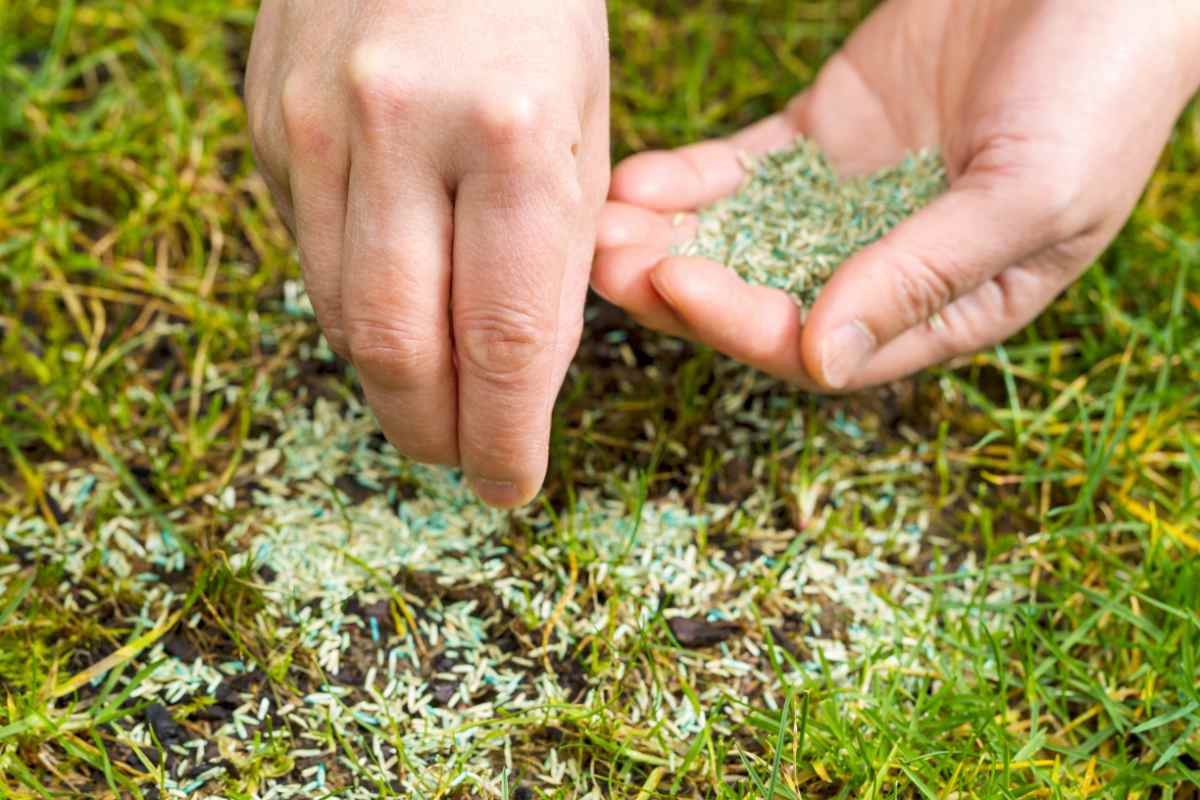
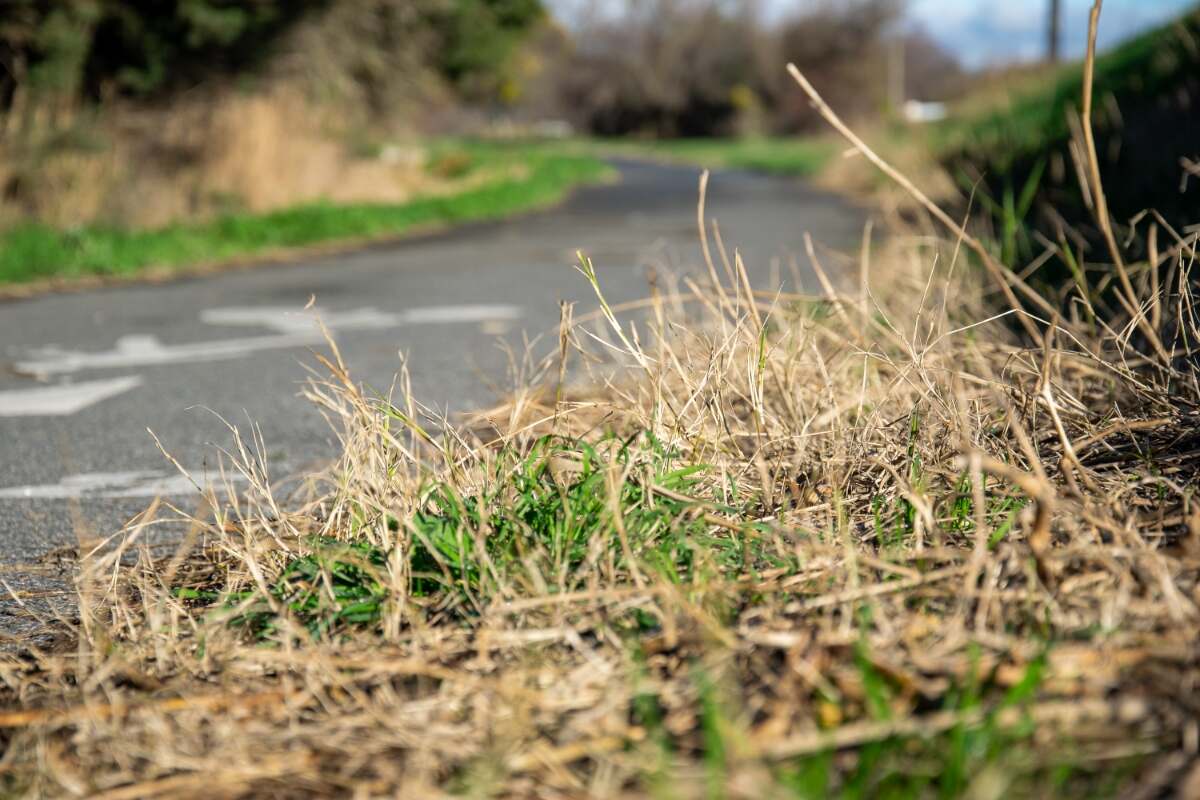
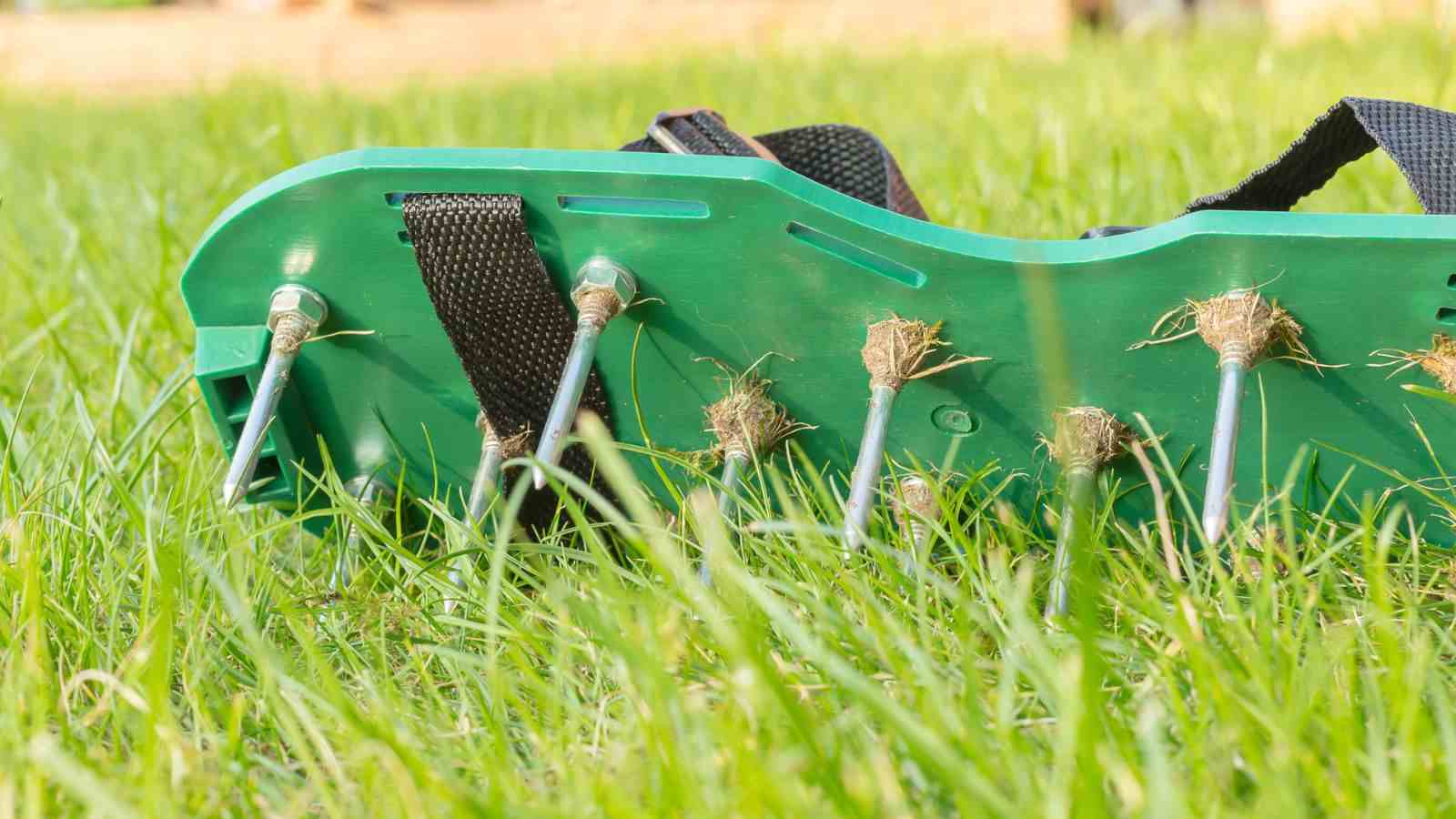
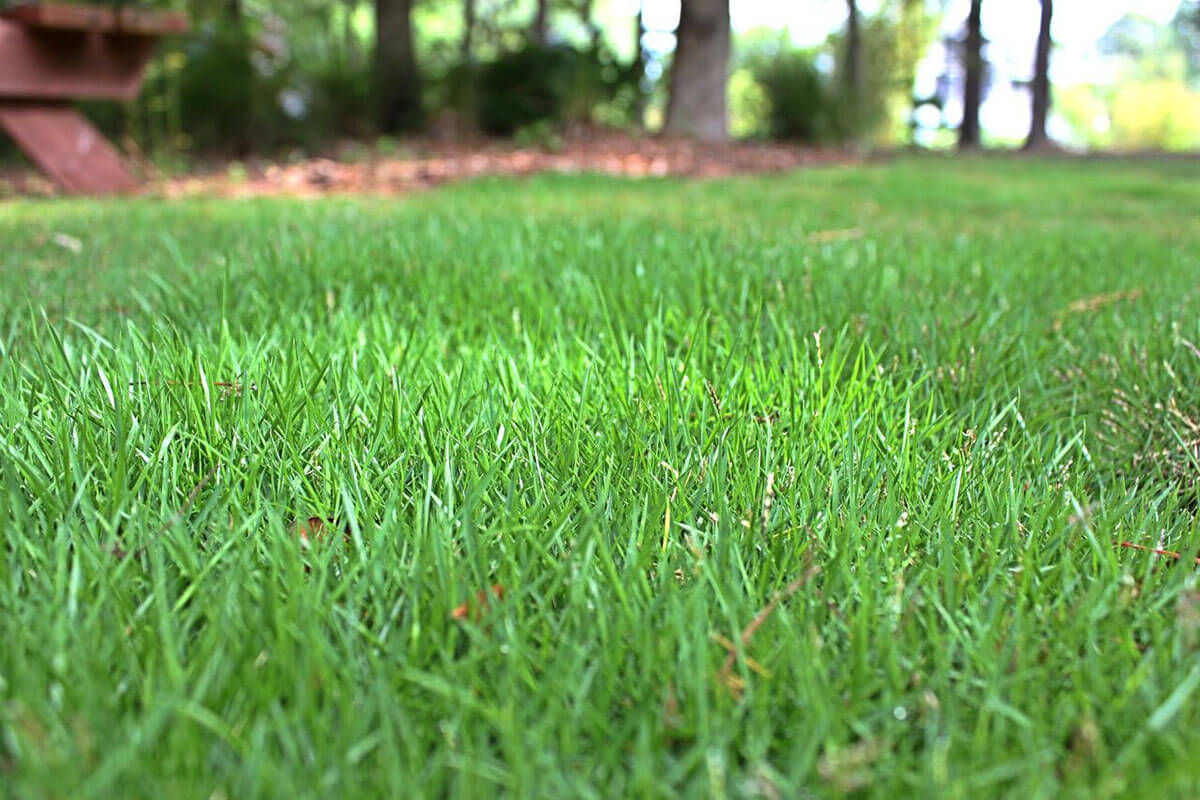
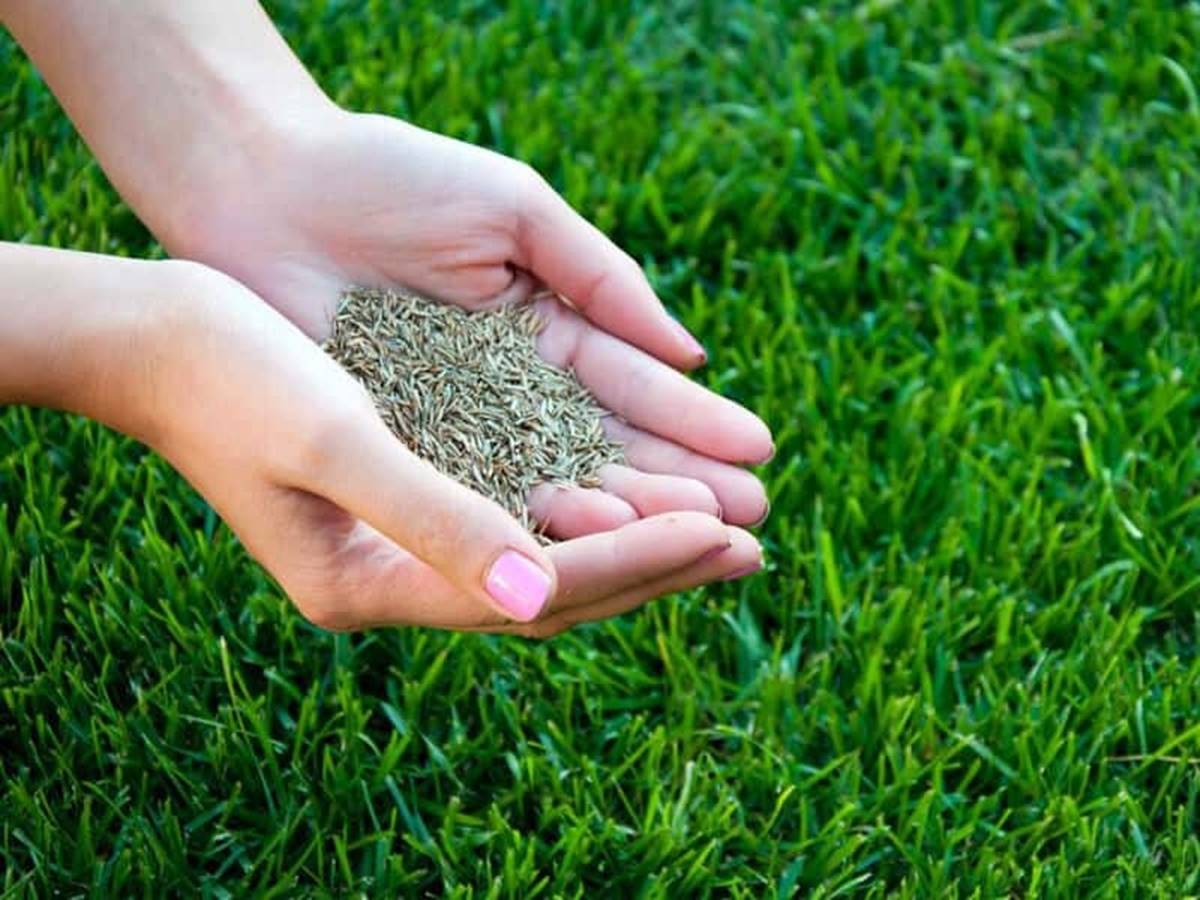
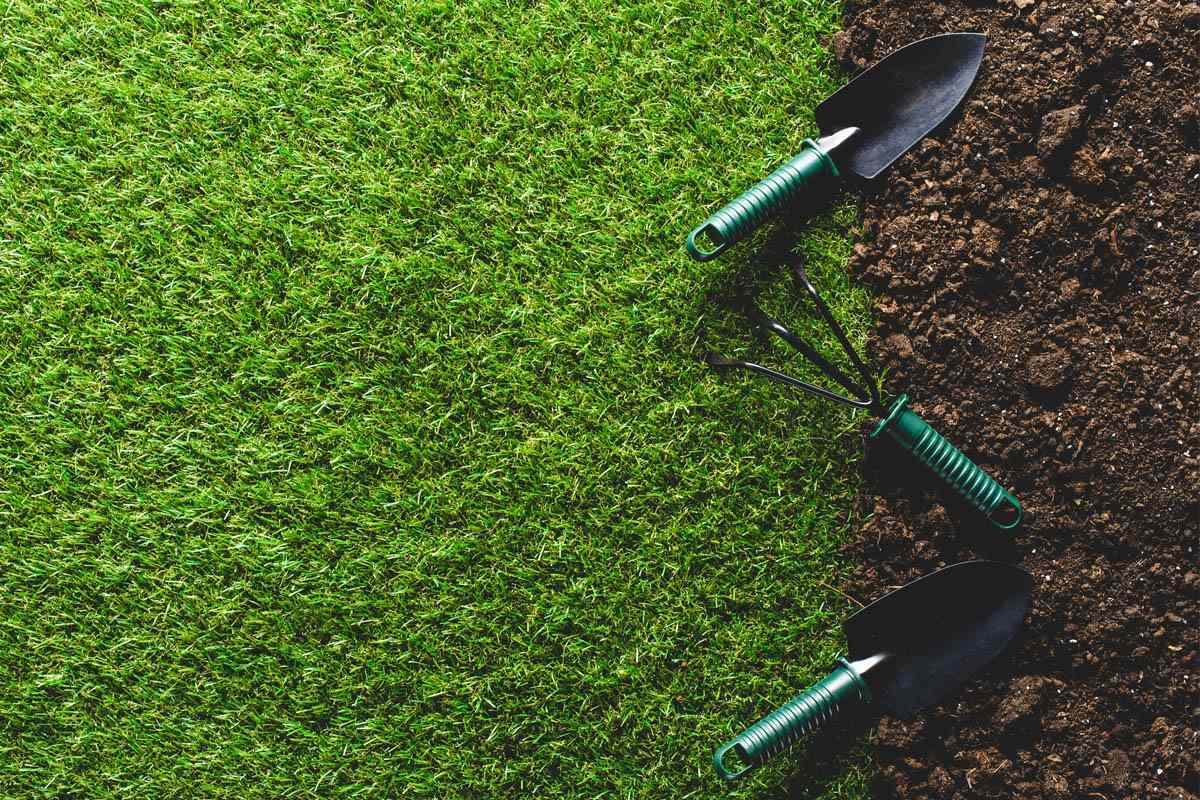
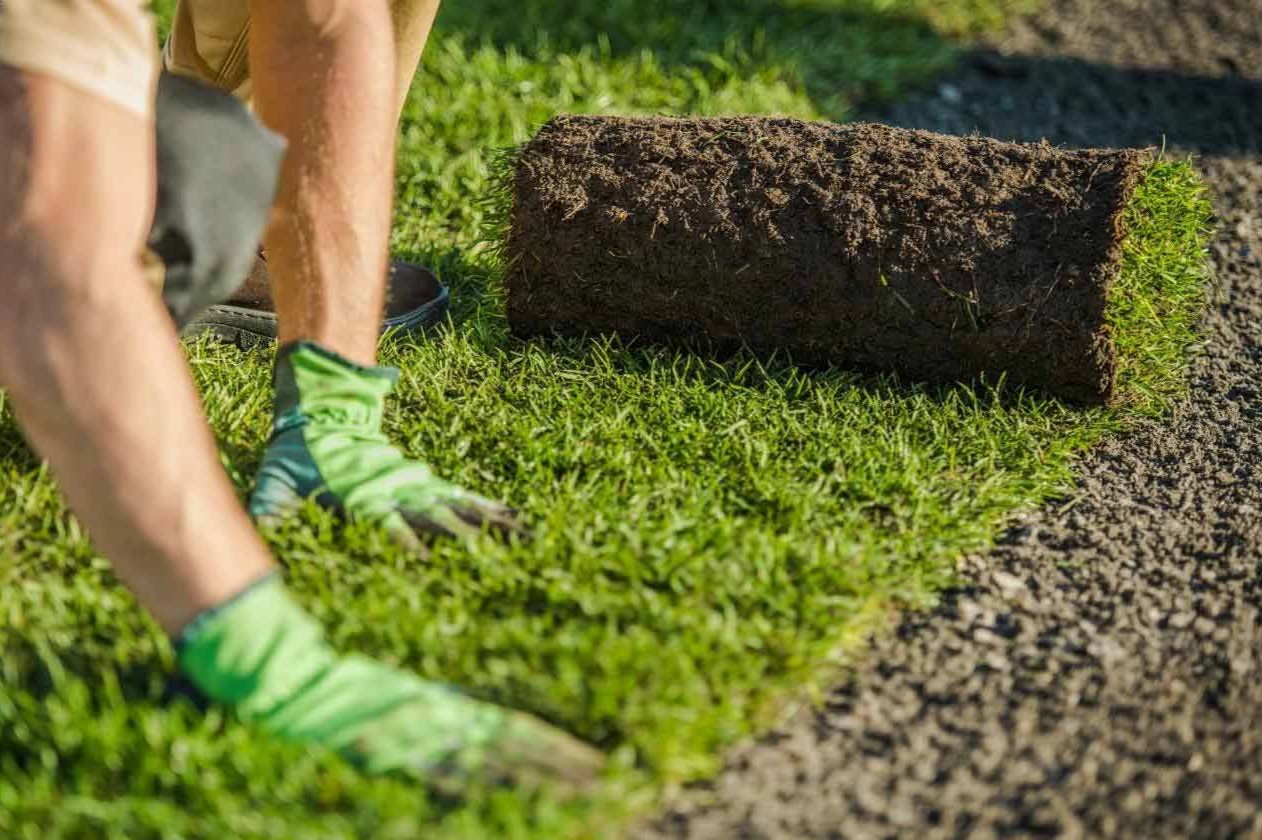
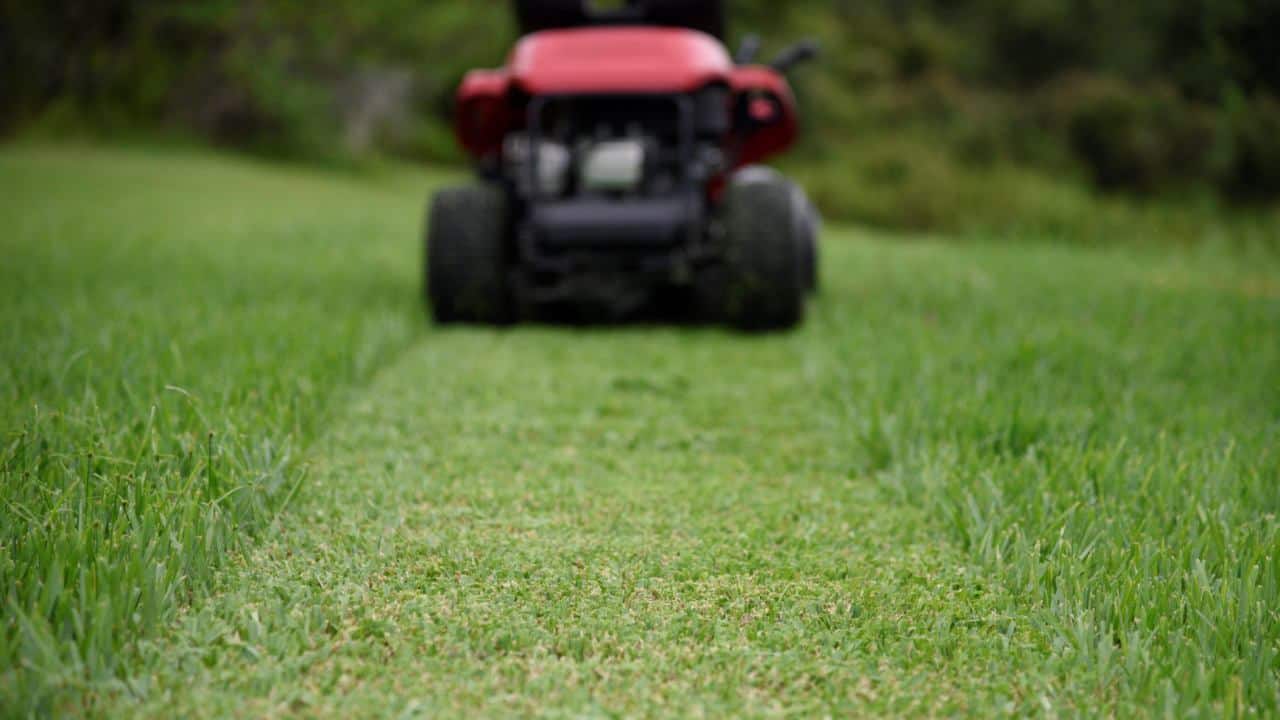
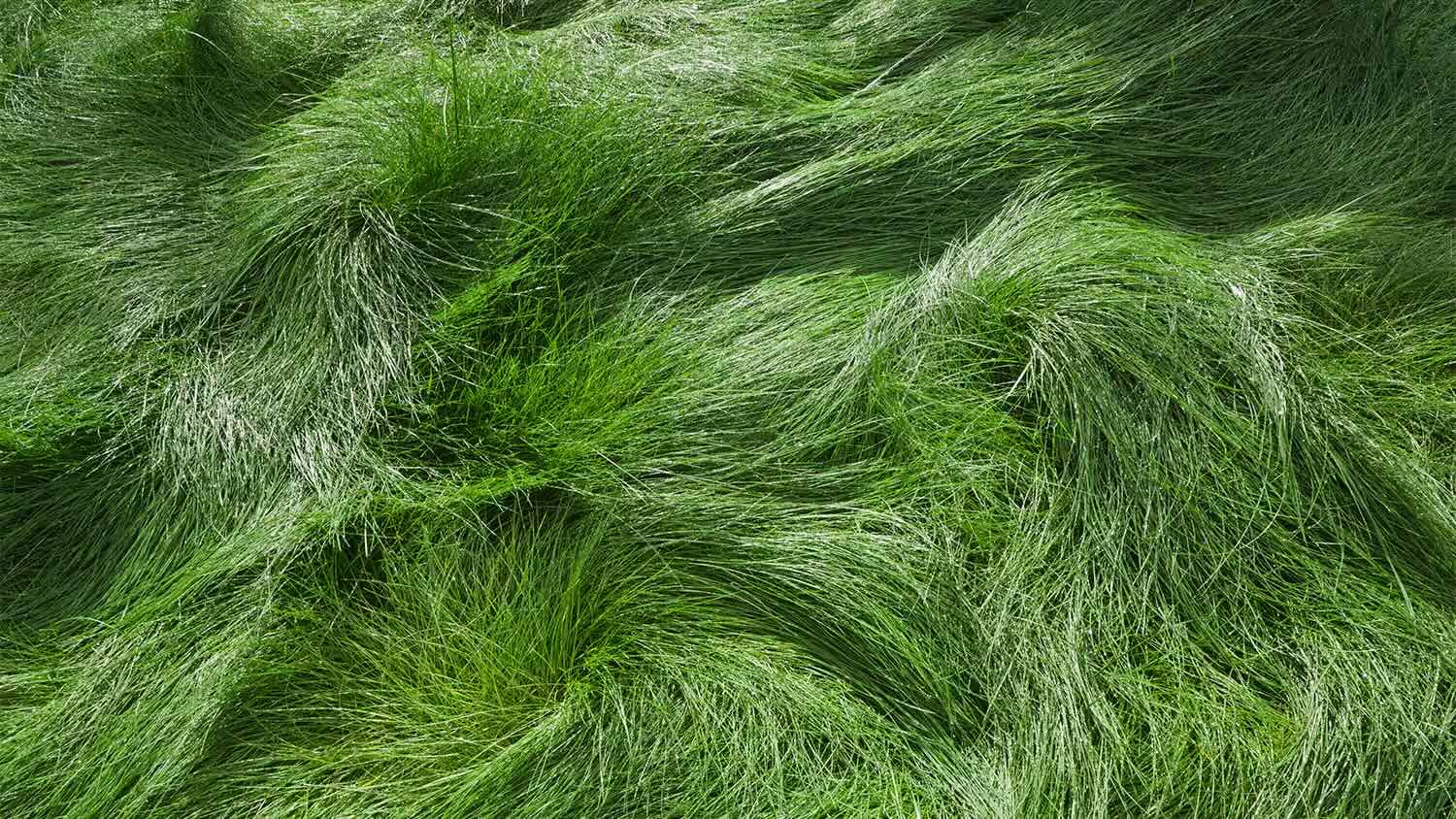
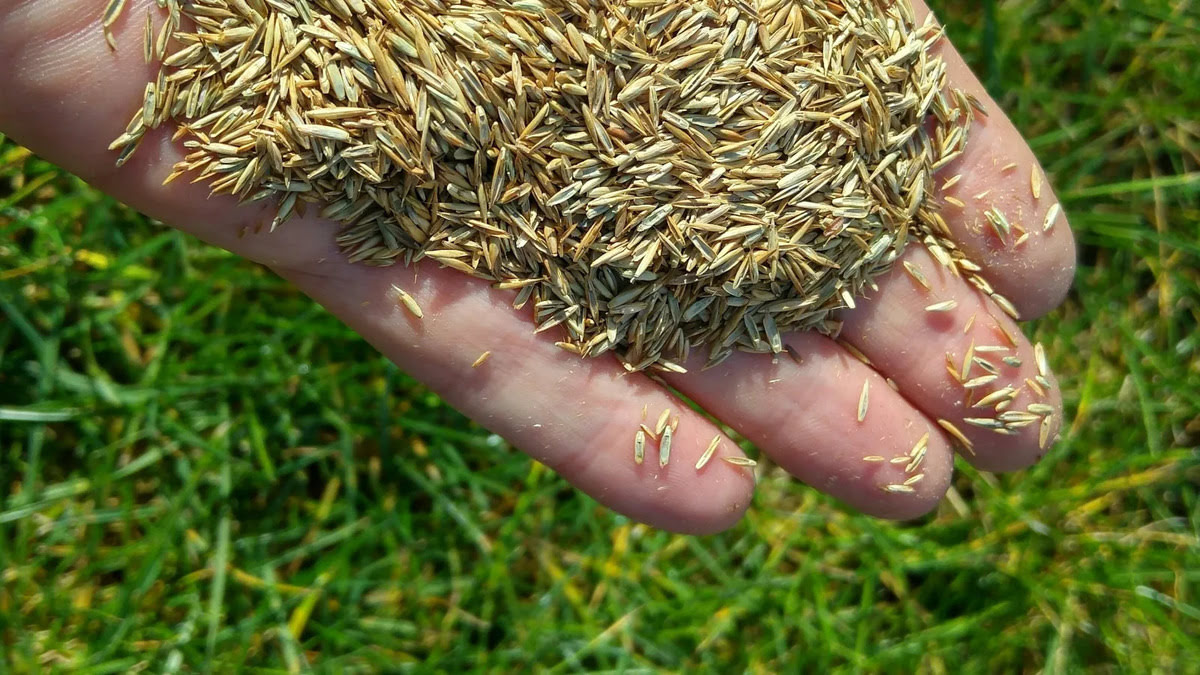
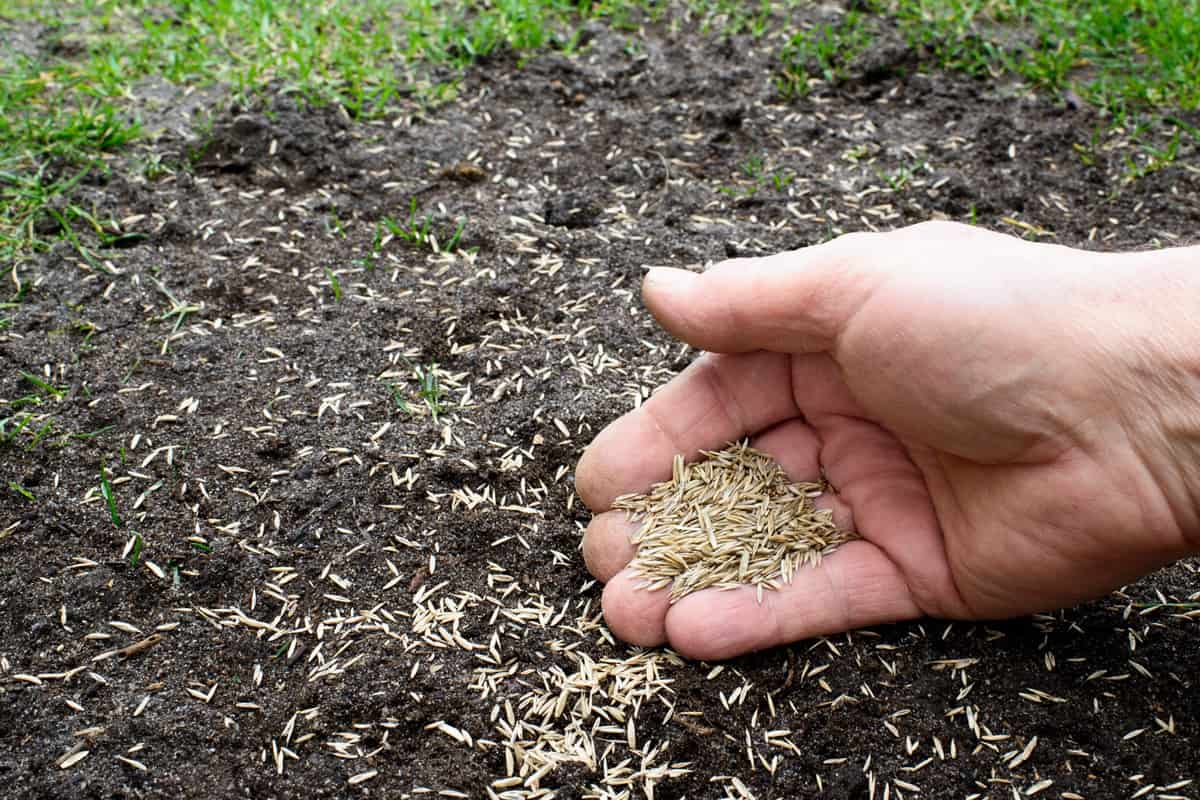
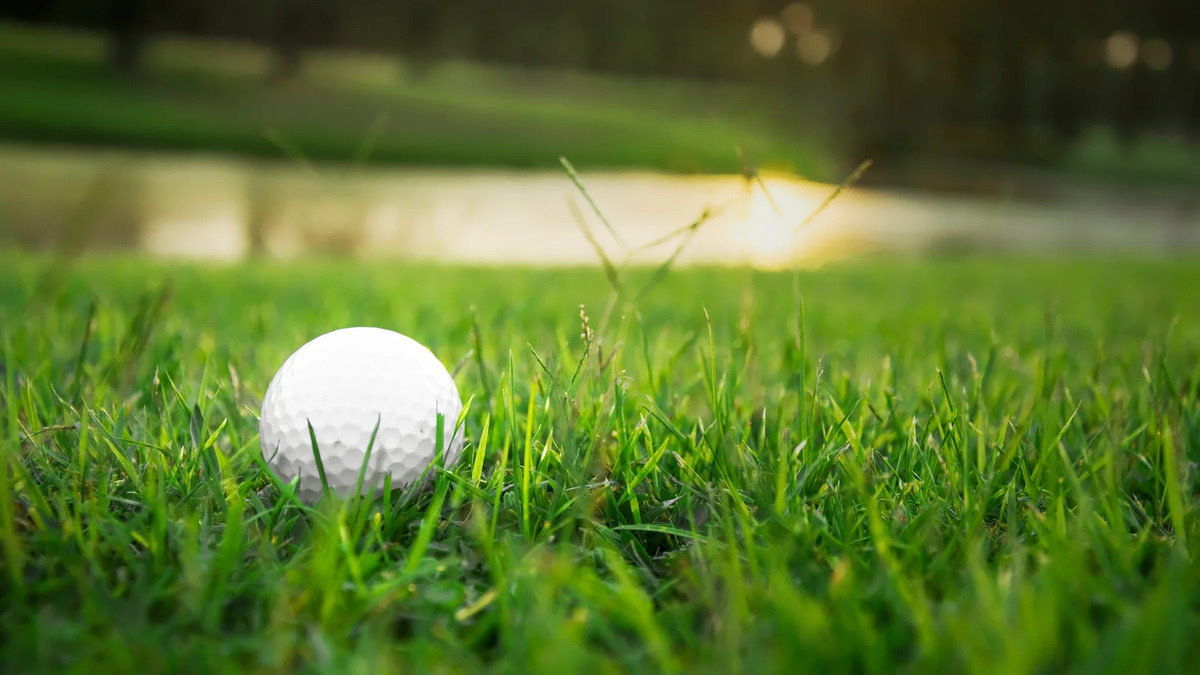

0 thoughts on “How Long Does Burnt Grass Take To Grow Back”